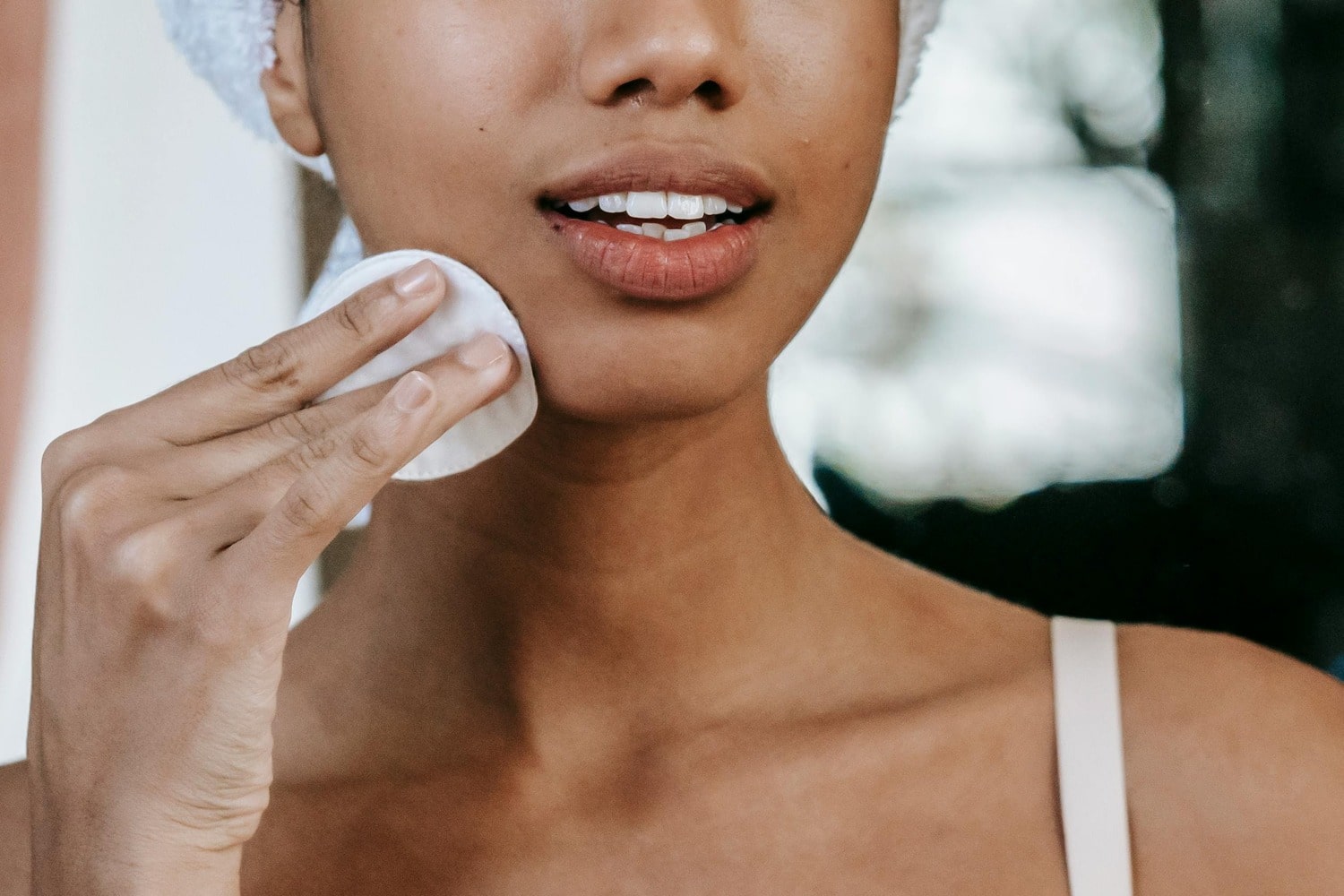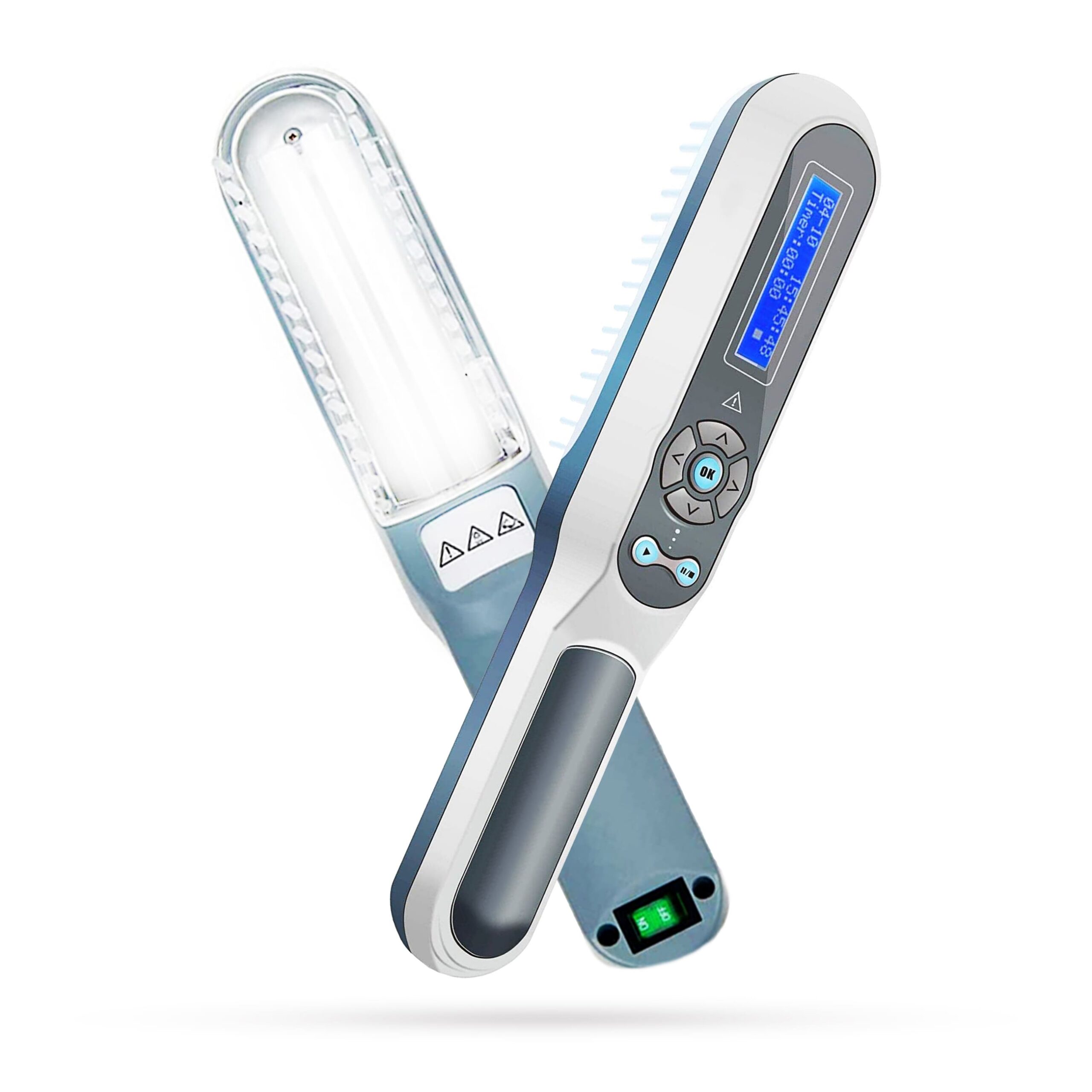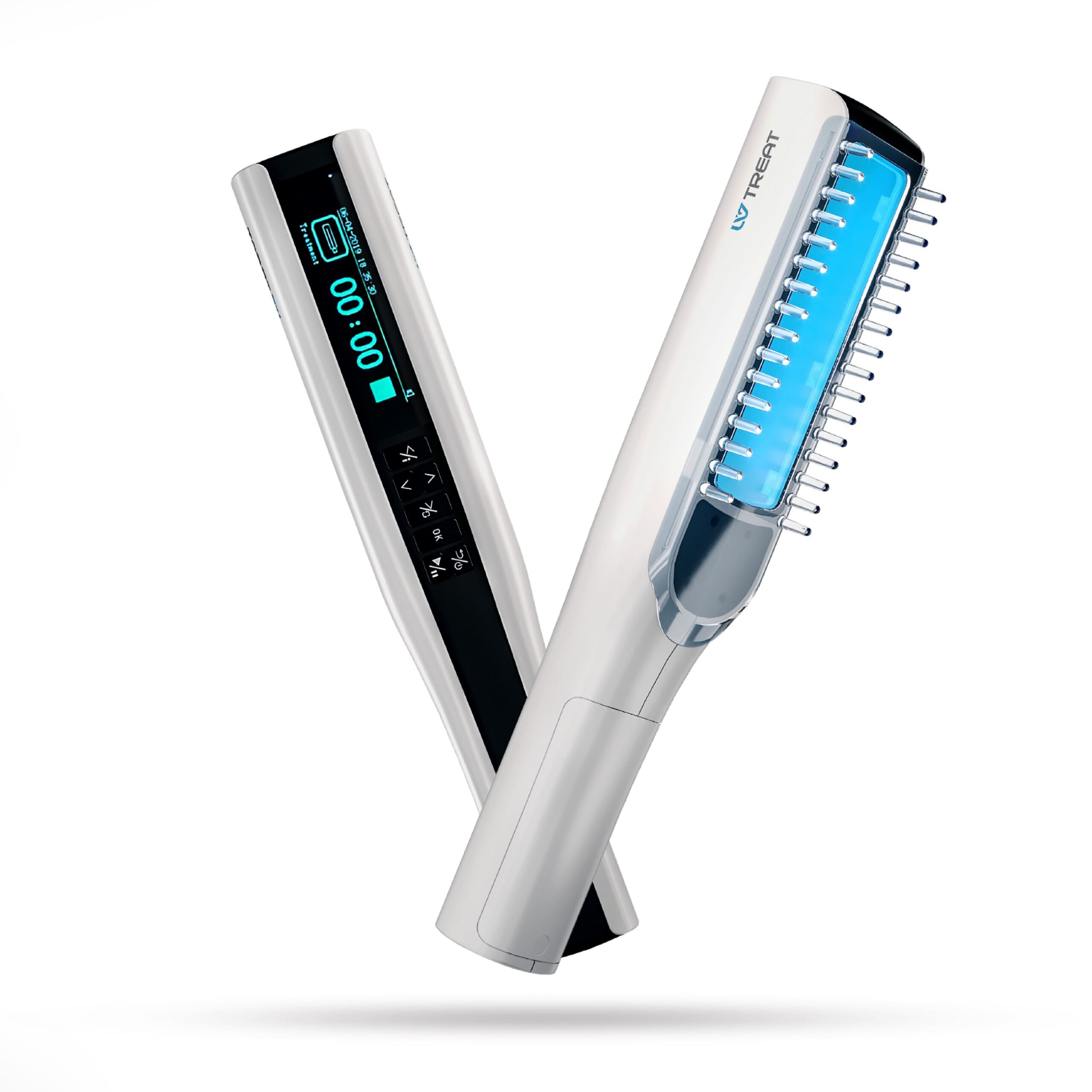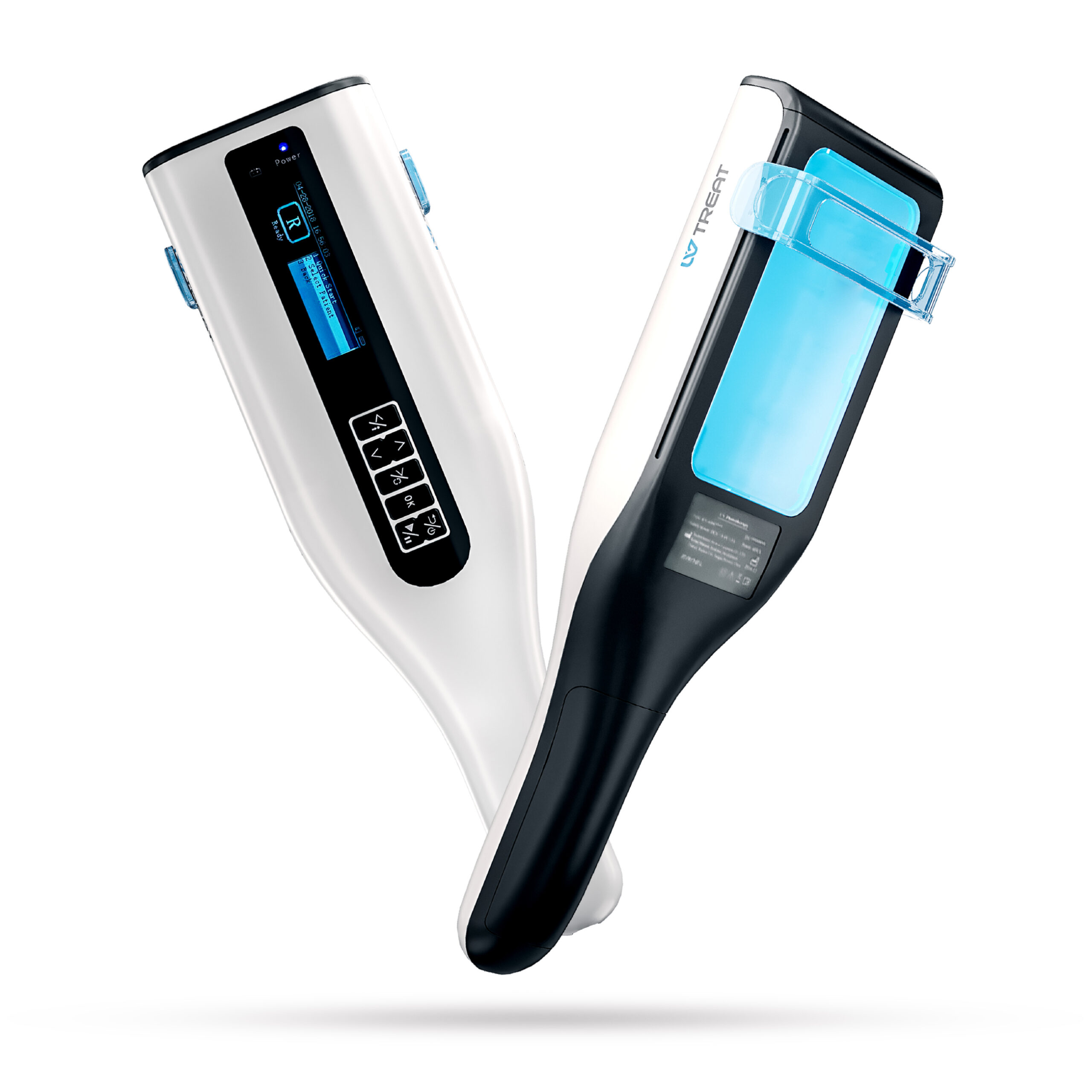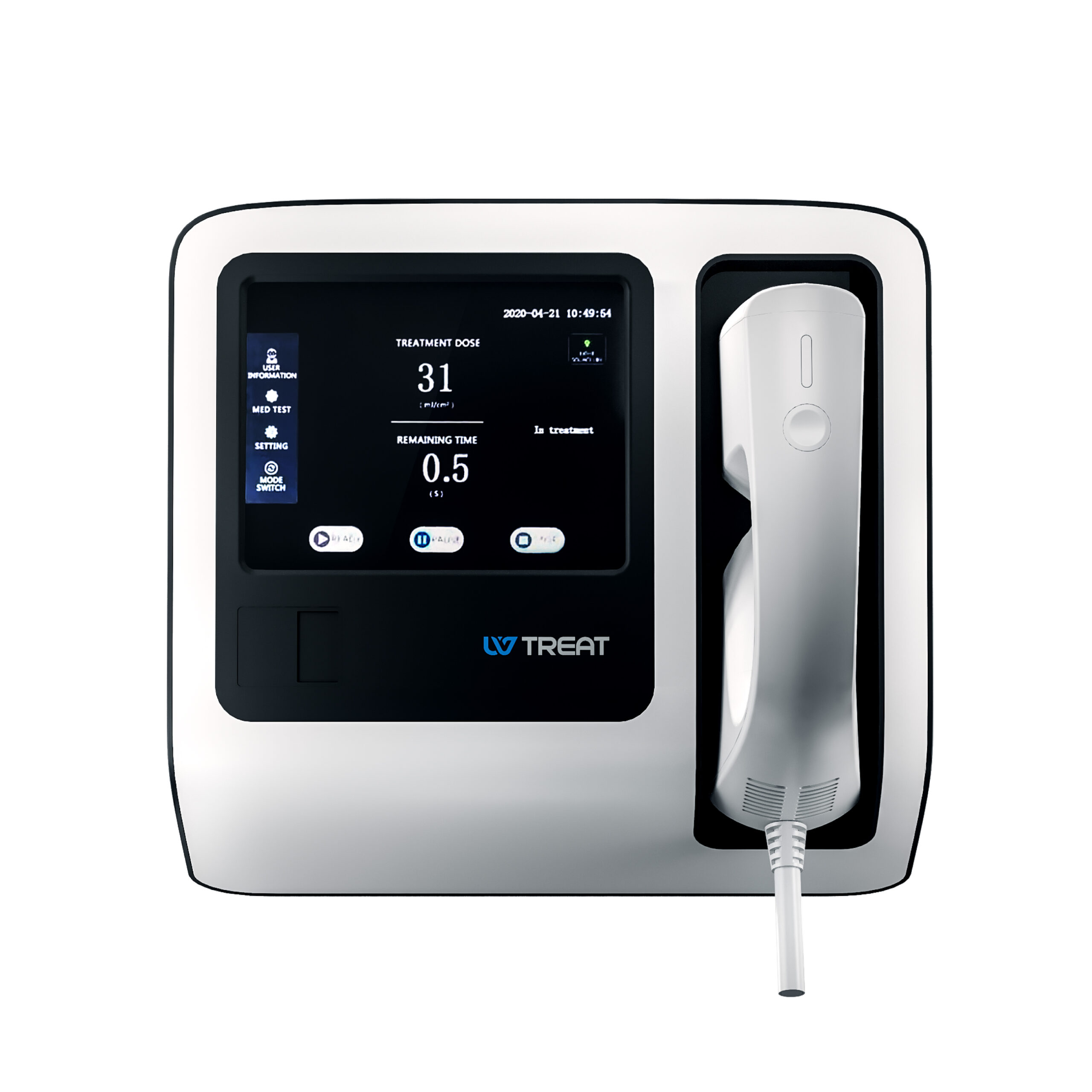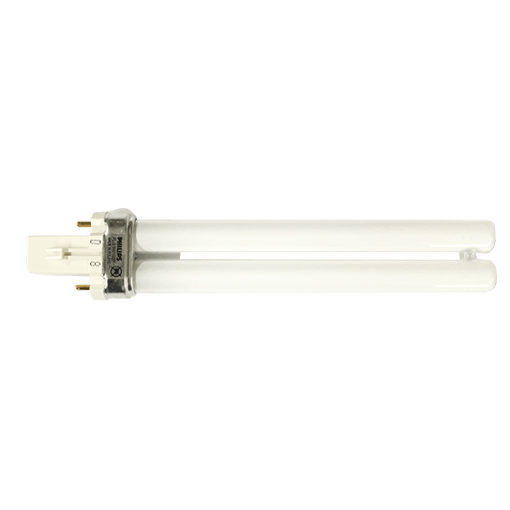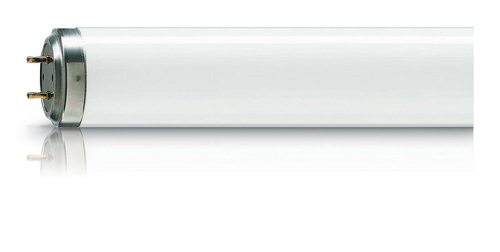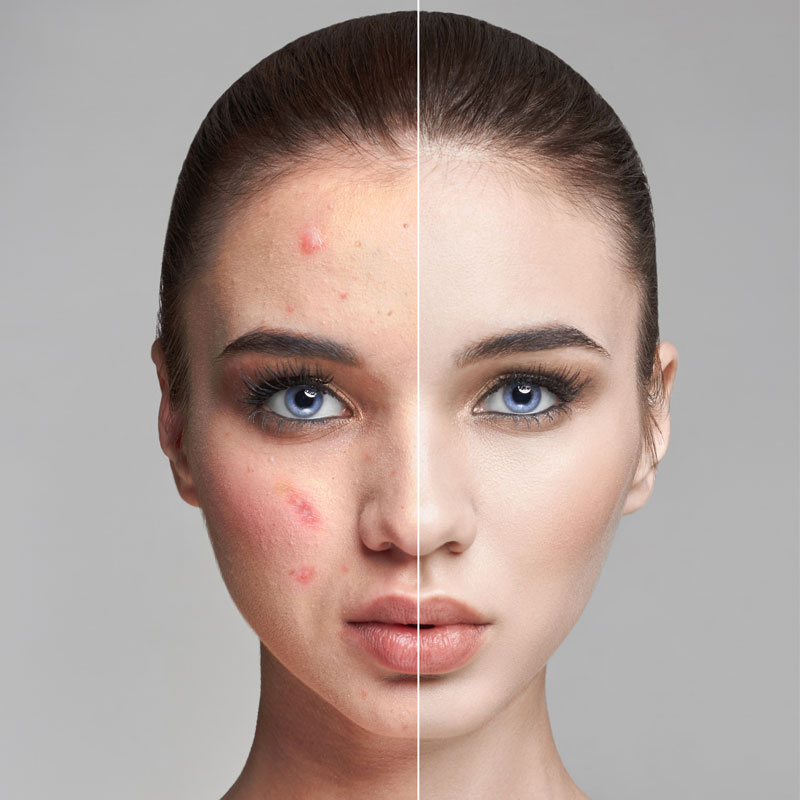Blackheads
Blackheads are a common form of acne, often found on the face, neck, back, and chest. Nearly everybody might experience such, with adolescents also being the most affected. 10% to 20% of adults also get them in their lives. The common causes may be hair follicle irritation or excess oil on the skin.
Let’s explore what blackheads are, their causes, symptoms, and treatment choices.
What are blackheads?
The term blackheads refers to comedones; these are a form of acne (acne vulgaris) involving bumps developing on the skin. These open comedolesions appearing on the skin are usually black in color, resembling dirt. The name comes from their dark appearance, resembling dirt, caused by irregular light reflection off clogged follicles. [1]
They are non-inflammatory acne, distinct from raised red bumps or pus-filled pimples. Blackheads form when excess oils and dead skin cells block a pore, creating a small oil plug. When this plug reaches the pore’s opening and is exposed to air, a chemical reaction occurs, turning the spot dark.
Some blackheads may go away on their own, especially if they are near the surface of the skin, but some are deep-set. However, deeply embedded blackheads are less likely to disappear naturally. [2] For such cases, a dermatologist or medical aesthetician can safely remove them.
What do Blackheads Look Like?
Blackheads are small blackish spots on the skin, typically 1 to 3mm in diameter, appearing mostly on the face and especially around the nose. They can be flat or slightly raised, giving the skin a rough texture. [3] Initially, they may be mistaken for dirt, but attempting to scrub them away can worsen their appearance. Unlike other types of acne, blackheads show no signs of inflammation, like swelling or redness.
What Causes Blackheads?
What causes blackheads on face? That’s evidently the most common question, but it’s essential to note that blackheads have various causes, and poor hygiene is not always to blame. Here are some of the common causes of this skin condition:
-
- Clogged Hair Follicles: Clogs in hair follicle openings of sebaceous glands produce oil (sebum), leading to blackheads. When a follicle/sebaceous gland becomes inflamed, it may cause open comedones.
-
- Age and Hormonal Fluctuations: Blackheads often emerge during puberty due to more oily skin. Unfortunately, they can persist into adulthood, influenced by age and hormonal fluctuations.
-
- Genetics: If your parents had acne, you might be more prone to blackheads. Oily skin can also contribute to this condition. [4]
-
- Menstruation: The body’s hormonal surges during menstruation and pregnancy can cause more oil production, leading to blackheads. They may also be caused by birth control pills.
-
- Other Medical Conditions: Conditions such as Polycystic Ovarian Syndrome (PCOS) and Premenstrual Syndrome (PMS) may as well be related to acne and blackheads.
-
- Additional Risk Factors:
Various factors increase the likelihood of blackheads, including:
- Additional Risk Factors:
-
- Excessive body oil production
-
- A buildup of bacteria on the skin
-
- Heavy sweating
-
- Blocking pores with low-quality makeup
-
- Irregular shedding of dead skin cells
-
- Certain medications
-
- High humidity
-
- Shaving
-
- Stress
What are the Symptoms of Blackheads?
Blackheads rarely cause symptoms. Due to their dark color, they are easily visible on the skin, appearing as slightly raised bumps. Unlike inflamed pimples, blackheads are not painful. Typically, they have no significance beyond their cosmetic appearance, especially when magnified.
When symptoms do arise, they may manifest as:
-
- Tiny black or yellowish bumps
-
- Commonly found on the face
-
- Possibly widespread on the back, chest, arms, and legs
-
- Occurring alongside whiteheads, papules, pustules, nodules, or cysts
How to Remove Blackheads
Home treatments for blackheads are economical and common, including over-the-counter preparations containing ingredients such as salicylic acid that work either through exfoliating or loosening the blackhead so that it is more likely to be released from the skin when it is cleansed. Such products may be 12% ammonium lactate lotion or pads and are usually available at drugstores.
However, eliminating blackheads at home becomes difficult and tricky, while doing so could also become counterproductive. Squeezing it out could release some pus, but its core is usually pushed further in. Blackheads are stickier and contain less fluid than whiteheads, so they really need skill to be extracted.
The safest approach is to avoid touching your skin and stick to the treatment program to let your developing spots clear up. If you feel that you must do a little at-home extracting, apply gentle pressure on either side of a blackhead with cotton or tissue. Do it in a warm, steamed room, such as in the bathroom after a shower, to help soften the plug.
Although it could be manageable to remove blackheads at home, a person having many of them would be advised against it since it might be difficult and take more time.
Ready for healthier, more vibrant skin? Complete our contact form now to connect with our qualified experts.
How are Blackheads Treated?
If you have blackheads, several treatment options are available, and prevention methods can help avoid new ones. However, avoid picking, squeezing, or popping blackheads, as it can worsen the situation. Instead, consider the following treatments:
Over-the-counter (OTC) Treatments
Various nonprescription acne medications are accessible at drugstores, grocery stores, and online. These come in cream, gel, and pad forms for direct application on the skin. Some of these include:
-
- Salicylic Acid: A common OTC ingredient, salicylic acid, is found in many skin cleansers. Salicylic acid works by breaking down dead skin cells and excess oil to prevent pore clogging. Check product labels for varying strengths (0.5% to 5%) and consider using it every other day to assess skin reactions. [5]
-
- Azelaic Acid: Naturally occurring in grains like barley, wheat, and rye, azelaic acid kills microorganisms on the skin and reduces swelling. [6]
-
- Benzoyl Peroxide: Available in OTC products like Clearasil and Stridex, benzoyl peroxide is a leave-on gel or wash targeting surface bacteria. Lower concentrations and wash formulations are less irritating, with dryness being a common side effect. [7]
Prescription Medications
If over-the-counter treatment doesn’t improve your acne, your doctor may recommend stronger prescription medications. Vitamin A-containing medications, such as Retinoids, prevent hair follicle plugs and accelerate skin cell turnover. Retinoids can be topical (like tretinoin and tazarotene) or oral (such as isotretinoin for severe cases). These medications unclog pores, enhance cell turnover, and improve skin texture. [8]
Additionally, your doctor may prescribe a topical medication containing benzoyl peroxide and antibiotics, which are particularly useful if you have pimples or acne cysts along with blackheads. [9]
Manual Removal
Dermatologists use a round loop extractor to manually remove the blackhead plug after creating a small opening. Specially trained professionals perform this procedure.
Microdermabrasion
Microdermabrasion, available for home use or in a dermatologist’s office, exfoliates the skin to treat blackheads. Dermatologists can penetrate deeper with specialized devices, removing the top skin layer. The process takes about 30–40 minutes, and multiple sessions may be needed, with post-treatment care including gentle moisturizing and sun protection. Swelling or redness may occur.
Chemical Peels
Chemical peels, suitable for improving sun damage and minor scars, can also help with certain types of acne by removing clogs and dead skin cells contributing to blackheads. These peels use a strong chemical solution applied to the skin, revealing smoother skin as the top layers peel off. Over-the-counter options exist, while stronger peels are done by professionals in a doctor’s office.
Side effects may include mild discomfort, irritation, redness, or post-inflammatory changes in skin tone.
Laser and Light Therapy
Phototheray and LED light therapy is a safe and effective method for eliminating blackheads with minimal side effects, especially when combined with other treatments. It uses tiny beams of intense light to decrease oil production and kill bacteria, reaching below the skin’s surface without damaging the top layers.
How to Prevent Blackheads?
You can avoid blackheads without significant expenses by implementing the following suggestions.
-
- Cleanse Wisely: Wash your face twice daily with a gentle cleanser to remove oil buildup. Avoid excessive washing, as it can irritate the skin. Use your fingertips and gentle cleansers, avoiding harsh scrubbing with tools like washcloths or sponges. [10]
-
- Oil-Free Products: Choose oil-free makeup, lotions, and sunscreens to prevent new blackheads.
-
- Exfoliate Gently: Use exfoliating scrubs and masks that don’t irritate the skin to remove dead cells and reduce blackheads.
-
- Non-comedogenic Products: Opt for skincare labeled as “non-comedogenic” to avoid pore-clogging ingredients.
-
- Hands Off: Resist the urge to pop, pick, or squeeze blackheads, as it can worsen acne, cause scarring, or lead to dark spots.
-
- Sun Protection: Use sunscreen or wear a hat outdoors, and avoid tanning beds, which can worsen acne. Be cautious with acne medications that increase sensitivity to UV rays.
When to Consult a Dermatologist for Blackheads
If you are dealing with blackheads and are unsure about how to effectively manage or treat them, it may be a good idea to consult a dermatologist. Dermatologists specialize in skin care and can provide expert advice and tailored treatment plans for various skin conditions, including blackheads.
Here are some situations in which you might consider seeing a dermatologist for blackheads:
-
- Persistent or severe blackheads
-
- Large pores and acne concerns
-
- Scarring or inflammation
-
- Skin sensitivity or allergies
-
- Otc products failure
-
- Home treatment failure
Nurture your skin to feel soothed, calm, and radiant with UVTREAT. Schedule a one-to-one consultation today for personalized guidance and a tailored treatment plan.
Conclusion
A blackhead forms when a pore is clogged with excess oils and dead skin cells. They appear dark due to a chemical reaction when exposed to air. Treatment methods include medicated face washes and topical treatments like retinoids and benzoyl peroxide. Prevent blackheads by keeping hands and hair off your face and maintaining regular skin cleaning practices.
If home remedies fail, consult a dermatologist for additional options, like extractions.
